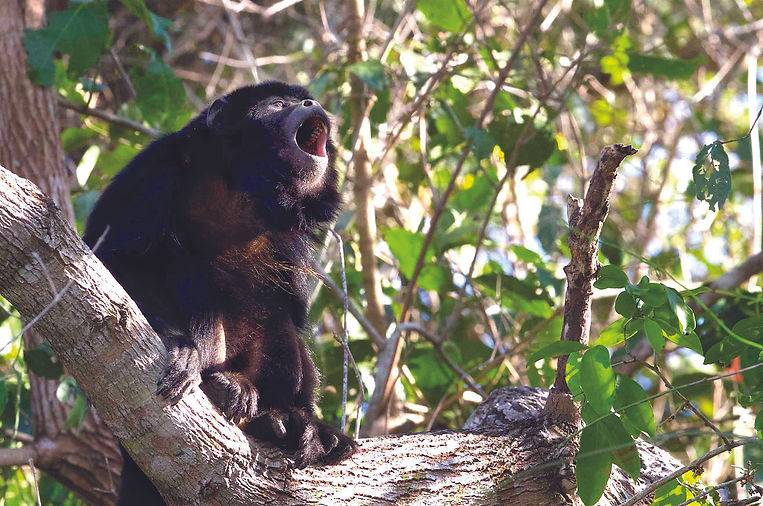
CHACO.
The dry, low brushy woodland of the Argentine Chaco is reminiscent of the American Southwest, with an abundant and exuberant birdlife and ample reptiles. It is also one of South America's centers of avian endemism. None the less, it is seldom visited and holds many surprises. Most of the vegetation is low and thorny scrub, with the two dominant tree species being mesquites with many other species present in smaller numbers.
Many of the genera are the same as those in the American Southwest. Man's influence has increased the abundance of ground bromeliads and cacti. Quebracho woodlands stand in soils that are less saline, and you may see a species of Palo Verde. We start in the humid eastern Chaco at Resistencia and work our way west to the dryer western Chaco just east of Jujuy.
While the birder will want to spend six days in the region, the general nature enthusiast would be happy with two or three days. Birders and non-birders alike will enjoy the rich flora, along with spectacular birds such as the Maroon-bellied and Blue-crowned Parakeets, Pale-crested Woodpecker, Yellow-browed Tyrant, Golden-winged Cacique, Red-crested Cardinal, Aplomado Falcon, Black-legged Seriema, Stripe-backed Antbird, and a handful of dazzling hummingbirds including the Gilded and Rufous-throated Sapphires.
Going out with a spotlight at night could reveal a Maned Wolf, South American Fox, a variety of rodents and reptiles, and birds such as the Scissor-tailed Nightjar, Common Potoo, Tropical Screech-Owl and others. We visit two national parks: Chaco in the east and El Rey in the west, where we may see Black Howler Monkey and other mammals in the gallery forests. As one of the major habitats in South America, the Chaco is worth a visit regardless of your interests.



